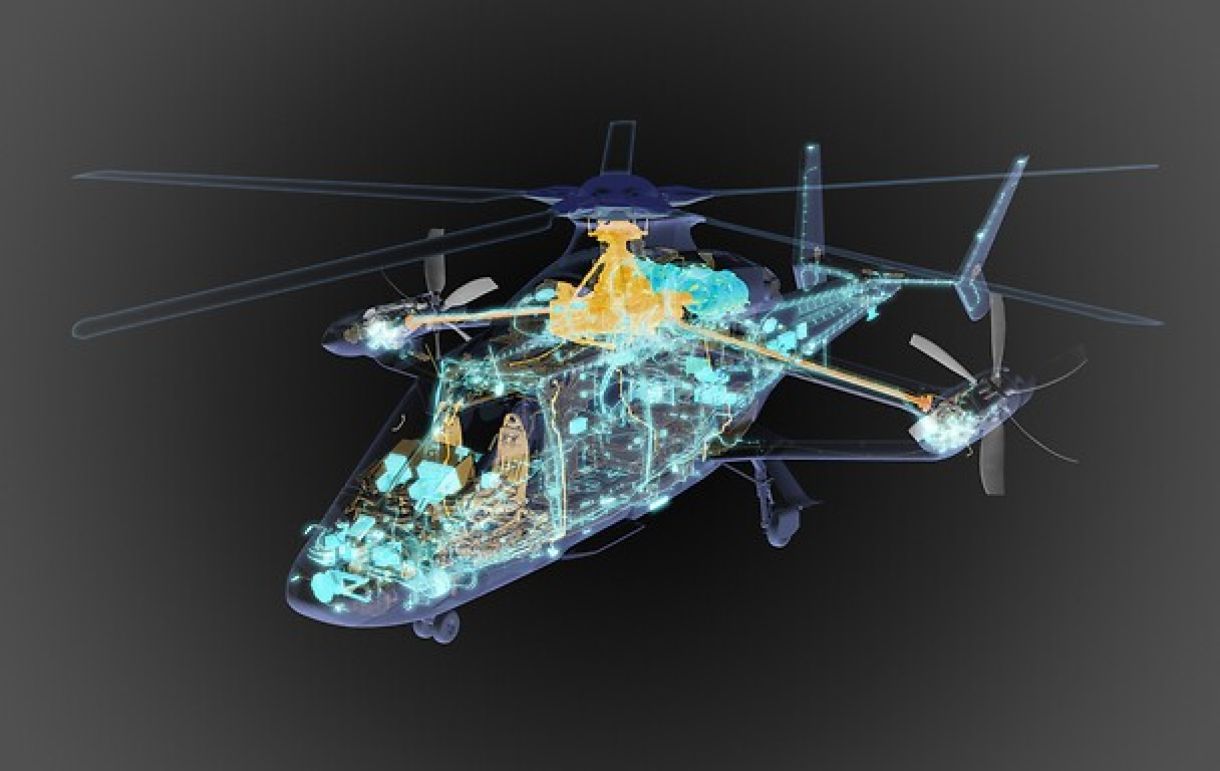The UK could participate in a European Union-led program to build the technology for vertical take-off and landing (VTOL) aircraft to be utilized in the post-2035 timeframe, reported Janes Defense Publication.
The European Next Generation Rotorcraft Technologies (ENGRT) program was first announced in early 2022 and officially launched by the European Union in December same year.
According to Steve Allen, vice-president of Strategic Development at Leonardo Helicopters, the United Kingdom could join the program in later phases alongside the current participants, Janes reported.
Allen commented during the IQPC International Military Helicopter (IMH) conference, which took place in London from February 21–23. The following nations are currently involved in the program: France, Germany, Greece, Italy, the Netherlands, Spain, and Sweden.
Allen stated that, with phase 1 recently launched, later stages are now being constructed with the possibility of including the United Kingdom.
The ENGRT project, co-led by Airbus Helicopters alongside Leonardo Helicopters, aims to pave the way for future military rotorcraft in Europe. In addition to future technologies, the project will look at how European forces might operate.

Speed, maneuverability, range, safety, ballistic tolerance, and low detectability (radar, visual, and acoustic) will likely be examined as potential priority areas. Also, the project will look at the need to minimize complexity and boost availability while reducing costs, weight, and size.
In December 2022, Matthieu Louvot, executive vice president of Airbus Helicopters Programs, said that it is the first key project in which the European Commission and the European Union have direct participation with its European Defense Fund, together with the defense agencies of France, Germany, Greece, Italy, the Netherlands, Spain, and Sweden.
It was reported in late January that Airbus Helicopters and Leonardo Helicopters, a fellow European manufacturer, had begun a project with funding from the EU to advance the technology needed for the upcoming generation of military rotorcraft.
Next Generation Rotorcraft Technologies (ENGRT) Project
As a part of the EU Next Generation Rotorcraft Technologies (ENGRT) project, the European defense manufacturer will mainly focus on analyzing and comprehending the requirements of the European armed forces for rotorcraft operations beyond 2030.
Airbus Helicopters explained that operational ideas would be the main focus in the first phase of the research. Various functional scenarios will be tested in a battlefield simulation to better understand future operational requirements for European armed forces.
In the follow-on phases, various architectures, propulsion systems, and technologies like connectivity will be examined to develop a clear understanding of the viable solutions and crucial technologies for EU operators in the 2040s.
A total of €40 million ($43 million) in funding is being offered for the project by the European Defense Fund (EDF).
EDF said the project would include examining future requirements, important rotorcraft characteristics and capabilities, other rotorcraft platforms, flight demonstrators, and simulators.
:quality(70)/cloudfront-us-east-1.images.arcpublishing.com/archetype/ST3JE5EK4NEFBM2FQJ5KPX2QMU.jpg)
The project will also result in a roadmap for military rotorcraft technology, methods for manufacturing and modularity, lifespan analysis, and maintenance ideas.
While ENGRT is a separate project, it complements NATO’s Next Generation Rotorcraft Capability (NGRC) project. Presently, the NGRC is in its conceptual phase.
The NGRC project aims to identify and perhaps develop a common medium-class helicopter for NATO countries in the 2040s. The ENGRT consortium includes members from five nations leading the NGRC, including France, Germany, Greece, Italy, and the Netherlands.
Many medium multi-role assets that Allies currently use will reach the end of their life cycle in the 2035–2040 time frame and beyond, necessitating replacements.
Thus, the NGRC project aims to quickly and economically respond to this upcoming requirement while utilizing a wide range of recent technological advancements, industrial techniques, and operational concepts.
NATO divides vertical lift capabilities into light, medium, and heavy. The ability to carry a payload makes a difference. Given the rate of technology advancement and the participants’ future needs, the NGRC concept phase will initially concentrate on medium multi-role capabilities.
The next generation of medium multi-role rotorcraft capabilities can be designed, developed, and acquired through the NGRC High Visibility Project, which offers a structured methodology.
- Contact the author at ashishmichel(at)gmail.com
- Follow EurAsian Times on Google News




